What Is Wifi Fpv Camera ?
A WiFi FPV camera is a camera that is equipped with WiFi capabilities and is used for First Person View (FPV) applications. FPV refers to the ability to view and control a device, such as a drone or a remote-controlled vehicle, from the perspective of the device itself.
A WiFi FPV camera allows users to wirelessly transmit the live video feed from the camera to a compatible device, such as a smartphone or a tablet, through a WiFi connection. This enables users to see the real-time video footage captured by the camera and control the device remotely, providing an immersive and interactive experience. WiFi FPV cameras are commonly used in various applications, including aerial photography and videography, surveillance, and recreational activities.
1、 Definition and Function of WiFi FPV Camera
Definition and Function of WiFi FPV Camera
A WiFi FPV (First Person View) camera is a type of camera that allows users to view real-time video footage from a remote location using a wireless internet connection. It is commonly used in the field of aerial photography and videography, where it is mounted on drones or remote-controlled aircraft to capture stunning aerial shots.
The WiFi FPV camera works by transmitting the video feed from the camera to a mobile device or a computer using a WiFi connection. This allows the user to see exactly what the camera sees in real-time, providing a first-person perspective of the surroundings. The camera is usually equipped with a wide-angle lens to capture a larger field of view, and it can be controlled remotely to adjust the angle and direction of the footage.
One of the key advantages of a WiFi FPV camera is its ability to provide a live video feed to the user, allowing for immediate feedback and adjustments. This is particularly useful for aerial photography, as it enables the user to frame the shot and make necessary adjustments while the drone is in flight. It also allows for real-time monitoring of the surroundings, ensuring the safety of the drone and the quality of the footage.
In addition to aerial photography, WiFi FPV cameras are also used in various other applications such as surveillance, sports, and entertainment. They provide a unique perspective and immersive experience for users, allowing them to see and capture moments from a different point of view.
The latest advancements in WiFi FPV camera technology have focused on improving the video quality, range, and stability of the wireless connection. High-definition cameras with 4K resolution are now available, providing crystal-clear footage. The range of the WiFi connection has also been extended, allowing for greater distances between the camera and the user. Furthermore, advancements in image stabilization technology have made it possible to capture smooth and steady footage even in turbulent conditions.
Overall, a WiFi FPV camera is a powerful tool for capturing dynamic and immersive footage from a remote location. Its real-time video feed and wireless connectivity make it an essential component for aerial photography, surveillance, and other applications where a first-person perspective is desired.

2、 Features and Specifications of WiFi FPV Camera
WiFi FPV camera stands for WiFi First Person View camera. It is a type of camera that allows users to view real-time video footage from a remote location using a WiFi connection. This technology is commonly used in drones and other remote-controlled devices to provide a live video feed to the user.
The WiFi FPV camera works by transmitting the video signal from the camera to a WiFi-enabled device such as a smartphone or tablet. The user can then view the video feed through a dedicated app or software. This allows for a more immersive and interactive experience, as the user can see exactly what the camera is capturing in real-time.
One of the key features of WiFi FPV cameras is their ability to transmit high-quality video footage. Many models offer HD or even 4K resolution, ensuring that the user can see clear and detailed images. Some cameras also come with built-in stabilization technology, which helps to reduce shakiness and ensure smooth video footage.
Another important feature of WiFi FPV cameras is their range. Depending on the model, the camera can transmit the video feed over a distance of several hundred meters or even kilometers. This allows users to explore and capture footage from a wide area without having to physically be near the camera.
In addition to live video streaming, WiFi FPV cameras often come with other useful features. These can include the ability to take photos or record videos directly from the app, as well as the option to adjust camera settings such as exposure and white balance.
Overall, WiFi FPV cameras offer a convenient and immersive way to capture and view video footage in real-time. With their high-quality video transmission and range, they are a popular choice for drone enthusiasts, photographers, and videographers.
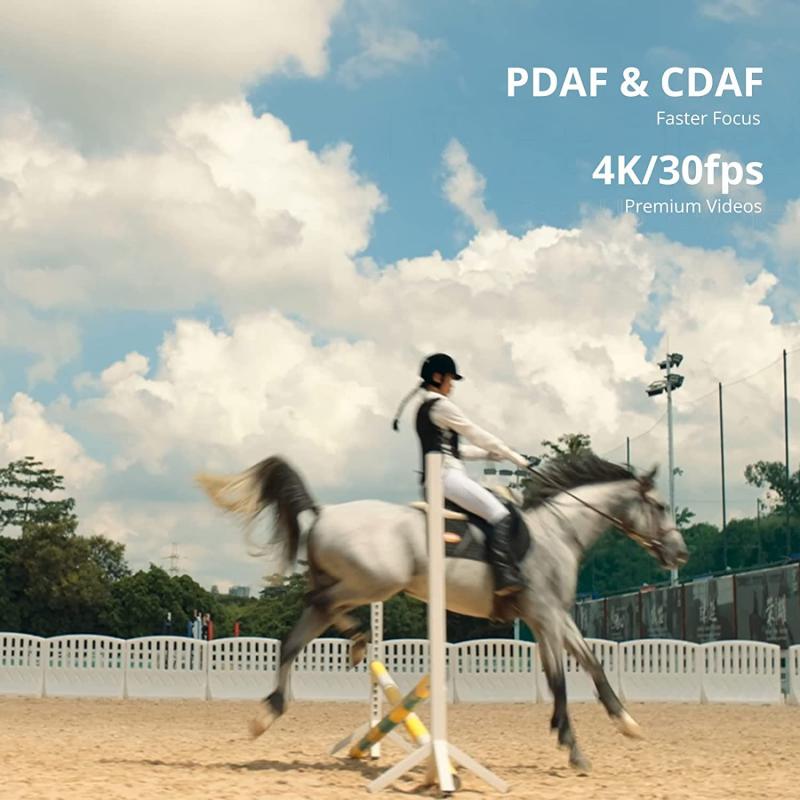
3、 Benefits and Applications of WiFi FPV Camera
A WiFi FPV camera, also known as a WiFi First Person View camera, is a type of camera that allows users to view real-time video footage from a remote location using a WiFi connection. It is commonly used in various applications such as drones, remote-controlled vehicles, and surveillance systems.
The main benefit of a WiFi FPV camera is the ability to view live video footage from a remote location. This allows users to have a first-person perspective and experience the thrill of flying a drone or driving a remote-controlled vehicle as if they were actually there. It provides a more immersive and interactive experience compared to traditional cameras.
Another benefit of WiFi FPV cameras is the convenience they offer. With a WiFi connection, users can easily connect their camera to a smartphone or tablet and view the live video feed directly on their device. This eliminates the need for additional monitors or viewing devices, making it more portable and user-friendly.
WiFi FPV cameras also have various applications. In the field of drones, they are commonly used for aerial photography and videography. They allow users to capture stunning aerial shots and videos from unique perspectives. In the realm of remote-controlled vehicles, WiFi FPV cameras enhance the user's control and navigation by providing a real-time view of the vehicle's surroundings.
Furthermore, WiFi FPV cameras are also used in surveillance systems. They can be installed in homes, offices, or public areas to monitor and record activities. The live video feed can be accessed remotely, providing users with a sense of security and the ability to monitor their property from anywhere.
In conclusion, WiFi FPV cameras offer the benefits of real-time video viewing, convenience, and various applications. They enhance the user's experience in activities such as drone flying and remote-controlled vehicle operation, as well as provide a reliable surveillance solution. With advancements in technology, WiFi FPV cameras continue to evolve, offering improved video quality, longer range, and enhanced features for an even better user experience.
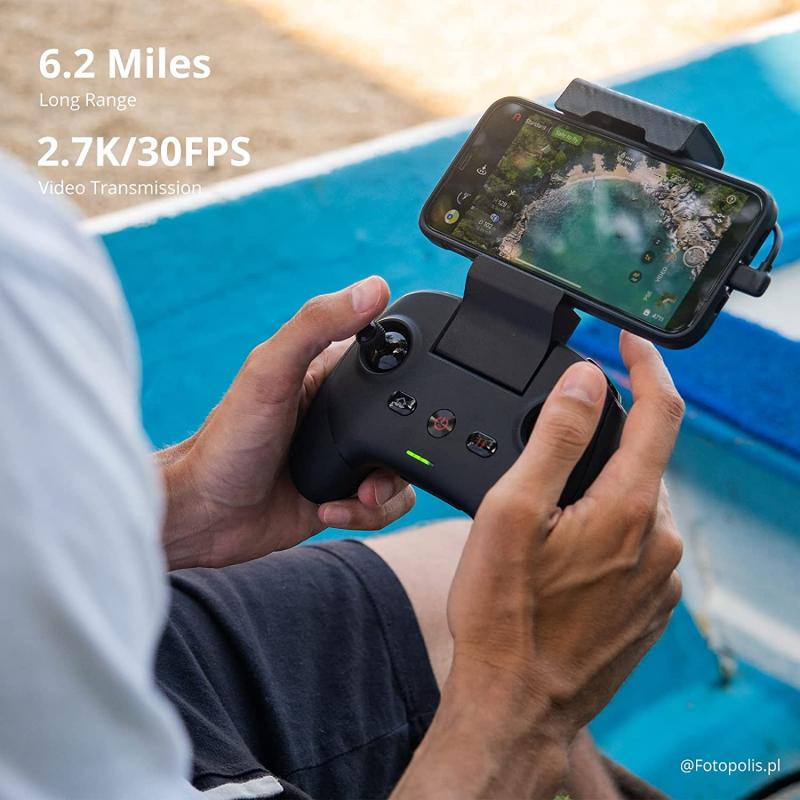
4、 Comparison of WiFi FPV Camera with other FPV technologies
A WiFi FPV camera is a type of camera that uses WiFi technology to transmit live video footage from a drone or other remote-controlled device to a smartphone or tablet. This allows the user to view the video in real-time and control the device from a distance.
Compared to other FPV technologies, such as analog or digital video transmission, WiFi FPV cameras offer several advantages. Firstly, WiFi is a widely available and commonly used technology, which means that most people already have the necessary equipment (smartphone or tablet) to receive the video feed. This makes WiFi FPV cameras more accessible and user-friendly.
Secondly, WiFi FPV cameras typically offer higher video quality compared to analog systems. WiFi can transmit high-definition video, allowing users to see more details and have a better overall experience. Additionally, WiFi FPV cameras often have built-in features like image stabilization and adjustable camera angles, which further enhance the video quality.
Furthermore, WiFi FPV cameras are usually more affordable compared to other FPV technologies. Analog and digital video transmission systems often require additional equipment, such as receivers and goggles, which can be expensive. With WiFi FPV cameras, users can simply use their existing smartphones or tablets, saving them money.
However, it is important to note that WiFi FPV cameras have some limitations. The range of WiFi transmission is typically shorter compared to analog or digital systems, which means that users may experience signal loss or video lag if they fly their drones too far away. Additionally, WiFi signals can be affected by interference from other devices or obstacles, which may impact the video quality.
In conclusion, WiFi FPV cameras offer a convenient and cost-effective way to experience FPV flying. While they may have some limitations in terms of range and potential interference, the overall accessibility, video quality, and affordability make WiFi FPV cameras a popular choice among drone enthusiasts.
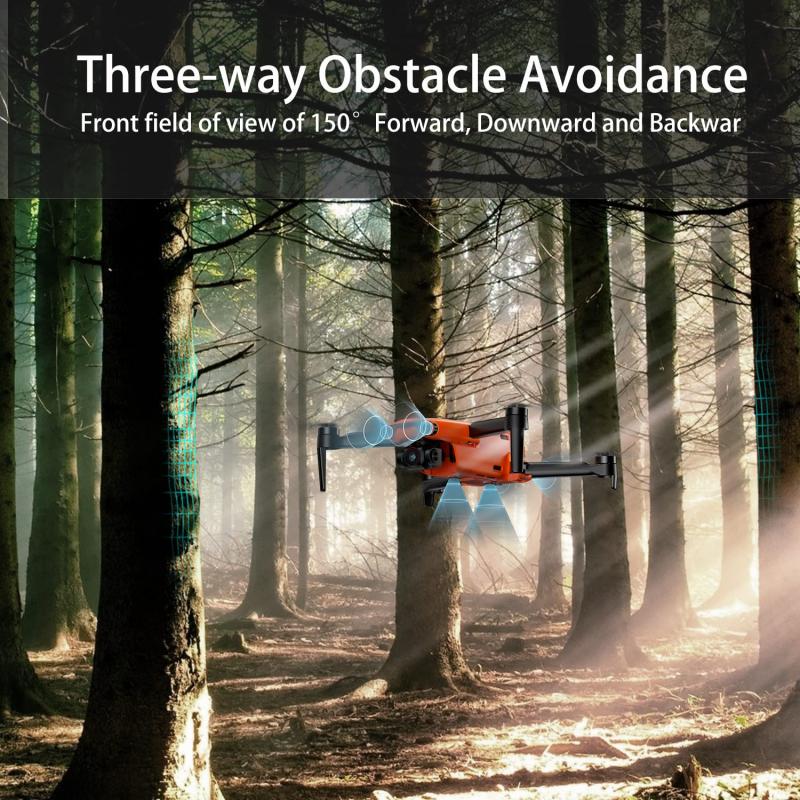













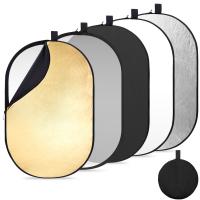



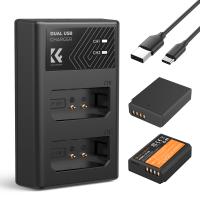

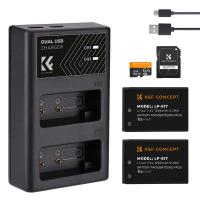
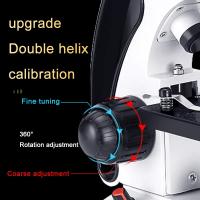


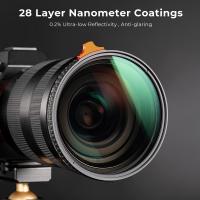

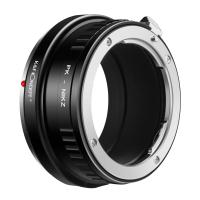
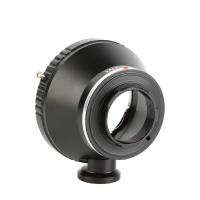

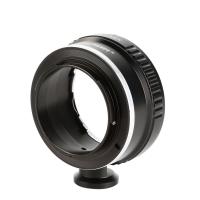
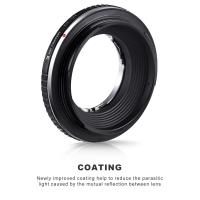
There are no comments for this blog.